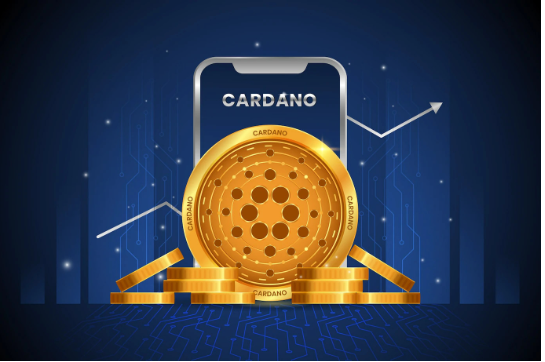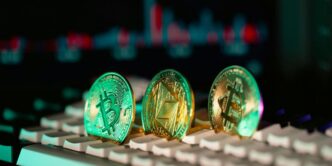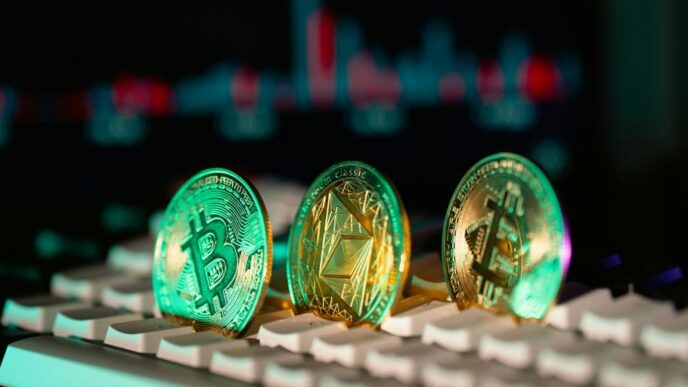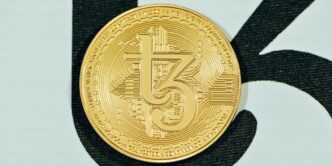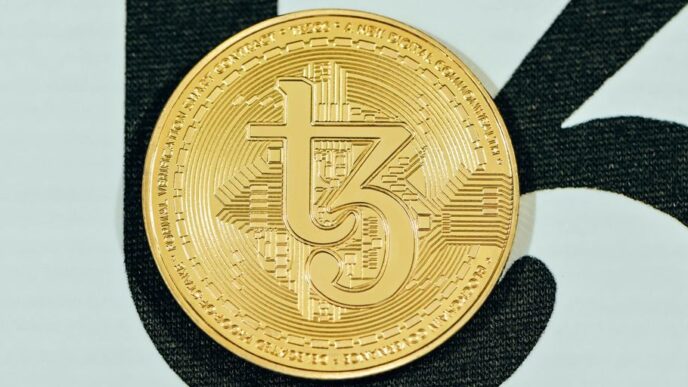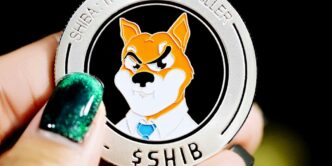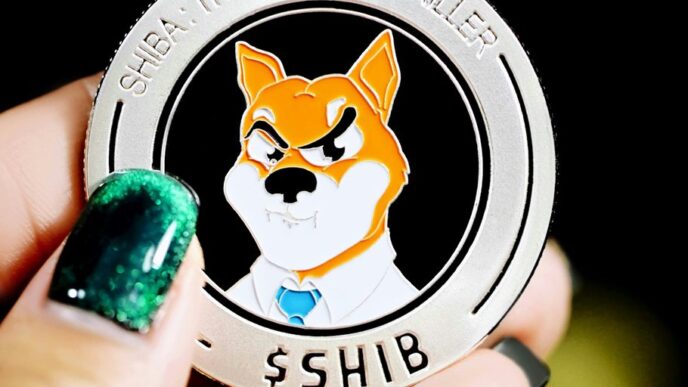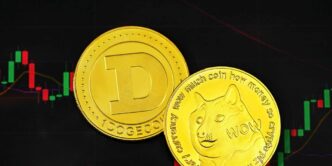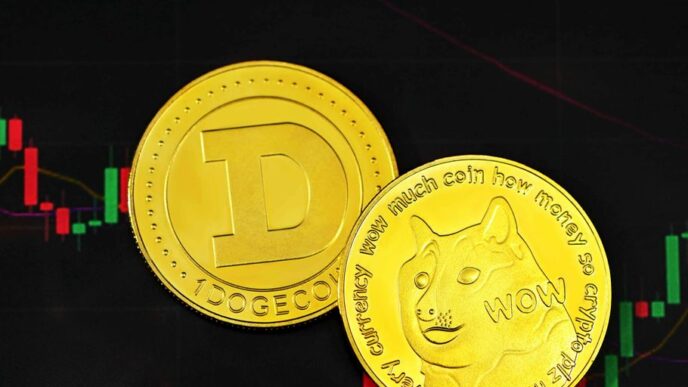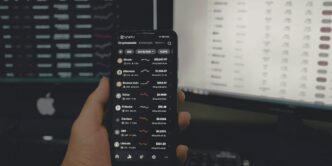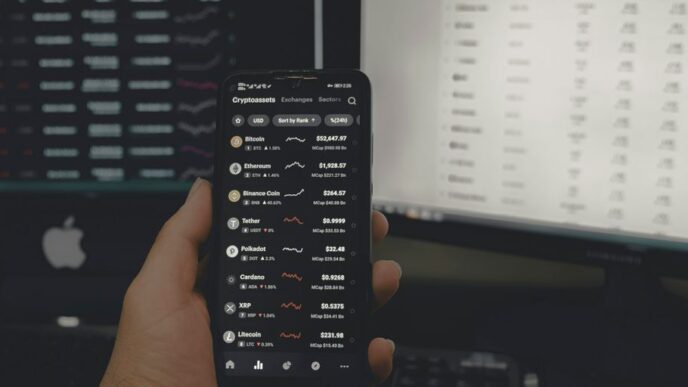Cardano is a third-generation blockchain that empowers inventors and pioneers to provide the tools necessary for revolutionizing the crypto industry. It is the largest blockchain that has successfully implemented a proof-of-stake consensus process, which is more efficient than Bitcoin’s proof-of-work algorithm. NFTs, NFT minting, and NFT marketplaces have all been great assets for the Cardano blockchain. Cardano already has a growing ecosystem for NFT infrastructure, NFT minting machines, and NFT marketplaces.
What is the Cardano blockchain?
Cardano was established in 2015 and aimed to create a fair, secure, and transparent system through the redistribution of power to individuals. Charles Hoskinson was one of the Ethereum creators who developed Cardano, a third-generation, major open-source blockchain. Cardano, the first blockchain platform based on consensus research, was created by industry professionals using evidence-based methods and academics. ADA, Cardano’s native currency, is currently ranked 4th among all global cryptocurrencies.
Cardano’s ecosystem will likely expand rapidly, and many benefits will soon be available to the public. Decentralized exchanges, smart DeFi levels and NFT marketplaces are just a few examples. Swaps and many other functionalities are also included. These items might increase the demand for ADA.
Cardano consists of two layers-
- Cardano Settlement Layer (CSL)
- Cardano Computation Layer (CCL)
Cardano Settlement Layer (CSL)
Cardano’s developers wanted to create a system that could distinguish the transaction value from its computation data. Cardano Settlement Layer manages the movement of currency or value between the sender and the receiver. The settlement layer, in other words, is the routing layer for all control layers and systems. The CSL uses two scripting languages – Plutus and Marlowe to move the value and improve support for overlay network protocol.
Cardano Computation Layer (CCL)
Cardano’s Computation Layer allows Cardano to replicate Rootstock (RSK blockchain), the smart contract platform of Bitcoin. CCL’s ability to scale specialized protocols over time is the reason for its implementation. This means that hardware security modules (HSMs) can be added to the existing protocol stack as technology improves.
Cardano’s two layers allow the ecosystem to implement proactive changes to facilitate faster and more secure transactions while removing any user metadata that is irrelevant to the process.
What is an NFT marketplace?
NFT marketplaces allow creators to reach out directly to the public without intermediaries and monetize their work. NFT marketplaces are increasingly becoming popular with both artists and NFT fans. NFT marketplaces are also popular because they allow creators to access both primary and secondary markets. These marketplaces allow users to store and sell non-fungible tokens (NFTs) conveniently.
Tokens can be bought or sold at a fixed rate. To trade or store tokens, you will need a cryptocurrency wallet. NFT marketplaces allow users to create accounts, publish digital artwork, and sell it. Niche marketplaces are generally more in demand than regular ones. They provide all the services a user may need, sell various online artworks and cater to a particular audience. To confirm ownership of file types like GIFs, JPEGs or MP3s, users can use NFTs.
Why NFTs on Cardano is a good option?
Cardano is a good choice for developing an NFT marketplace for the following reasons:
- The NFT marketplace slows down when traffic increases. Cardano, however, is scalable by dealing with traffic and data management issues.
- Cardano’s POS consensus system allows for fast transactions at affordable rates. This makes it extremely efficient.
- Cardano reduces bandwidth requirements by separating the main network into subnetworks.
- Cardano uses segmentation, compression and pruning strategies to address data storage problems efficiently.
- Cardano provides high network security and rewards takers who more often stake to insufficiently saturated pools.
How to create NFTs on the Cardano blockchain?
To create NFTs on Cardano, Cardano NFT developers need to execute the below steps:
Step 1
First, create a new address for payment. This requires two keys.
Step 2
After you have generated the verification and signed the key, you need to generate a payment address.
Step 3
Once you have generated the payment address, start processing the display of your content file.
Step 4
After processing the display file of the content, verify your current UTXO.
Step 5
If no transaction is associated with your address, you will need to fund your address. For that, copy your address. Next, transfer the amount you need to this newly created address with your preferred wallet. You will need at least one ADA (Cardano utility token) in order to generate your NFT. You may want to transfer more ADA depending on how many you are creating. If you want to send NFTs to friends, you will need at least 1.7 ADA per transaction. Because it is not possible at this time to send custom tokens, each transaction must contain a minimum amount of ADAs.
Step 6
After duplicating and funding the address, check the UTXO once more.
Step 7
After checking the UTXO once again, export the current network parameters to a new file.
Step 8
Once the network parameters have been exported, you can start creating policies. Make your own policy which can create and burn tokens. The policy id or token name is used to identify a token. The token title is unique to the policy ID but can be used with any other policy id. To create a policy, you need two keys.
Step 9
After completing the policy generation process, calculate the transaction fees.
Step 10
Next comes the step of creating a transaction with a fee.
Step 11
Once you have created a transaction, proceed to the signing phase.
Step 12
Next, submit the transaction.
Step 13
Once you have submitted the transaction, inquire about your UTXO. This will show the newly minted token.
Conclusion
NFT marketplaces are highly sought after because they offer a win-win situation to investors, digital artists and NFT marketplace owners. NFT marketplaces can be described as an ecosystem where marketplace owners make money from listing and gas expenses, and NFTs customers or sellers might benefit by buying and selling NFTs. NFT marketplaces offer more than just a random virtual trading area, they give consumers diverse opportunities to explore.
A Cardano NFTs marketplace can offer you many advantages, such as the flexibility to use the main and secondary NFT markets and provide clients and makers with a highly scalable, decentralized platform.

